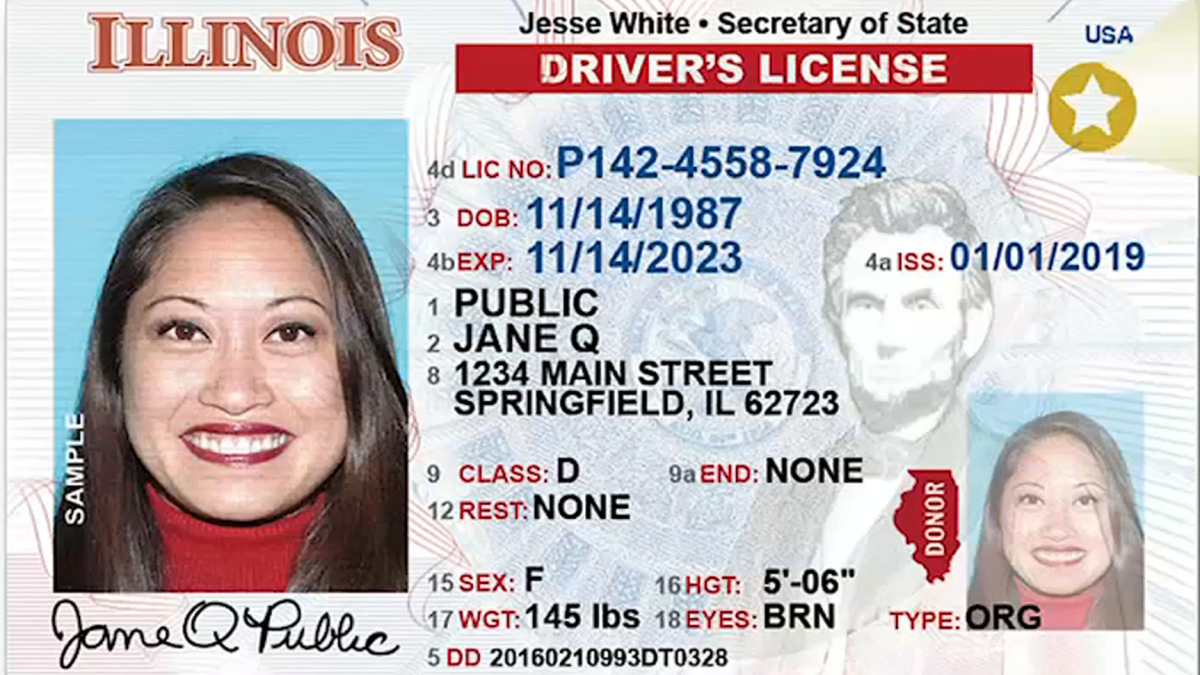NBC Chicago’s Phil Rogers Investigates.
As Chicago takes the first steps to roll out body cameras for police officers, voices from both sides of the arguments over excessive force have expressed hope that the new cameras might clear up exactly what happens in police shootings.
That isn’t always the case.
Newly-released videos of the 2012 Chicago shooting of 23-year-old Jamaal Moore, obtained by NBC5 Investigates, depict an incident which unfolded in seconds, leaving the unarmed Moore dead, and disagreement between the parties over whether the shooting was justified.
The incident unfolded December 15, 2012. Police received a call that individuals in a silver Chevrolet Trail Blazer had hijacked televisions from the back of a truck on the city's South Side.
The repeated radio messages warned officers that the perpetrators were armed.
Shortly after 11 a.m., two officers spotted a vehicle matching the description, and when they attempted to pull it over, a chase ensued.
That chase ended at Garfield Boulevard and Ashland Avenue, where the Trail Blazer crashed at a corner gas station. As the occupants fled on foot, the officers were unable to stop on the rain-slickened street, and struck Moore, who was dragged several feet under their squad car.
Local
As Moore crawled from under the car, one of the officers tackled him. The dashboard camera clearly shows a second officer with her weapon drawn.
As she is holstering her gun, Moore flips the officer from his back, and the second officer draws again and fires, striking Moore twice.
He was pronounced dead a short time later at St. Bernard Hospital. Moore was unarmed, although police argued he was holding a black flashlight, which was recovered at the scene.
After investigating the case, the Independent Police Review Authority exonerated the officers. But city lawyers essentially said they would not have won the case in court, and awarded Moore’s mother $1.25 million.
“First of all, if she thought there was a gun, she wouldn’t put the gun away,” said attorney Victor Henderson, who represented Gwendolyn Moore in her wrongful death suit against the city. “Once you see her start to put her gun away, then that belies her impression that there’s a gun anywhere nearby.”
And for those hoping videos help in cases like this, the recordings of the Moore incident leave many unanswered questions. The tapes show that from the moment Moore flips the first officer, until his partner fires the fatal shots, only three seconds elapse.
“I don’t see what she sees,” says Commander James Volpe of the Wheaton Police Department. Volpe instructs officers on the laws concerning use of deadly force, and NBC5 Investigates asked him to view the Moore tape. He noted that the governing case, Graham vs. Connor, dwells heavily on what officers perceive as a threat, whether that threat turns out to be real or not.
That landmark 1989 ruling said basically that if a “reasonable objective officer” perceives a deadly force threat, they can use deadly force to stop it.
“He or she has to formulate that sometimes, in an instant, and decide, is this a deadly force threat?” Volpe notes. “And if it is, I can use deadly force to stop that threat.”
Henderson argues the facts don’t support a scenario where the officers could have perceived their lives were in danger.
“Why would Jamaal have a flashlight in the middle of the day?” he asks. And even if he did, “once he gets hit by the police car, common sense tells you the flashlight flies out of his hand from the impact of the vehicle.”
Indeed, Henderson stops just short of suggesting that the flashlight became a convenient black object in Moore’s hand, after-the-fact.
“It wasn’t until two days later, that the theory of the flashlight first started to become apparent in the case,” he says. “You will never, almost never, find a shooting of an unarmed person by the police, where they say there was no object at all.”
Volpe notes that while the video gives some information, it was shot from a camera on the dashboard, as the scenario unfolded in front of the car.
“None of the camera angles can give you what that officer sees,” he says. “We don’t have to be right. We just have to be reasonable with our perception. And sometimes, we’re wrong.”
Gwendolyn Moore said she still believes the officers should be held accountable.
“If that money could give me back Jamaal, they could have it any day.”



